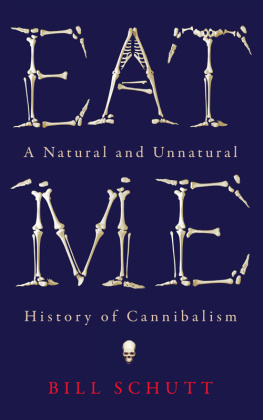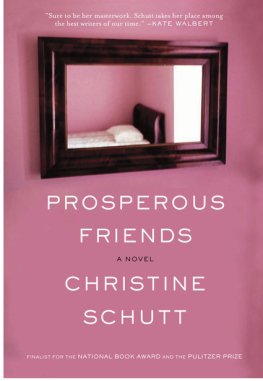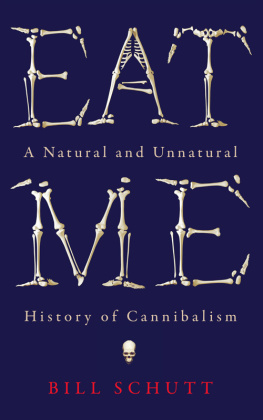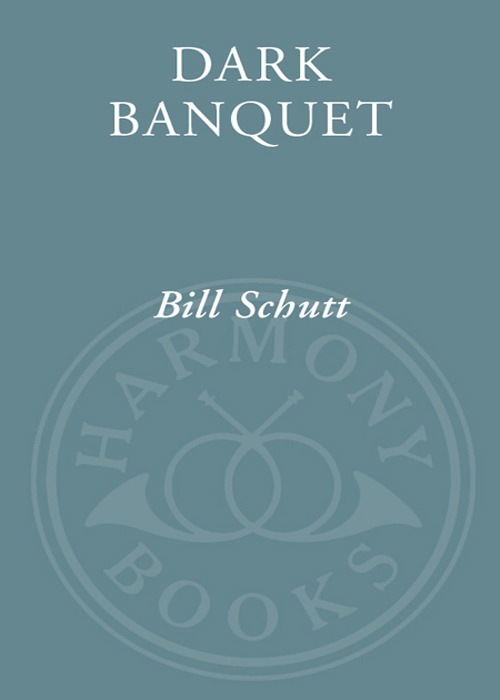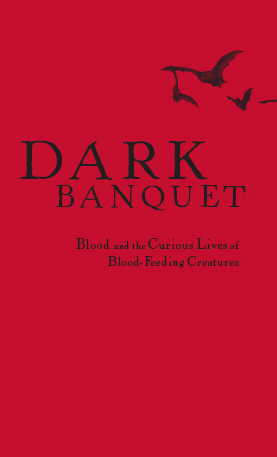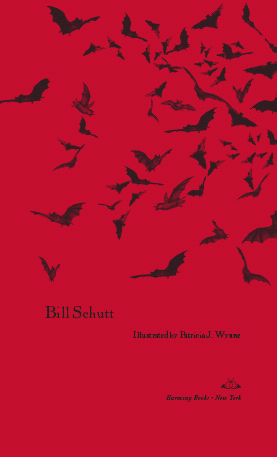
I know that our late King, though not apt to believe more than his neighbours, had no doubt of the existence of vampires and their banquets on the dead.
Horace Walpole, commenting in a letter on the beliefs of King George II
The blood is the life.
Deuteronomy 12:23
PROLOGUE
( 2002 )
A pair of chickens scratched nervously at the dusty ground beneath the grapefruit tree, careful to avoid the small puddles of coagulated blood.
This happened last night. The voice from behind me belonged to Amos Jumbo Johnson, my guide and field assistant. Jumbo worked for Trinidads Ministry of Agriculture in the Anti-Rabies Unit. Id figured out several years earlier that Jumbo had gotten his nickname from the fact that the only thing he liked more than eating food was talking about it. But now he had gotten sidetrackedsort of.
Tonight when the blood is fresh, it will glisten.
I nodded, trying to determine if either of these sad-looking birds had been bled the night before. Was that a dark stain along one of their legs?
It was my third trip to Trinidad and Id come for the same reason each time: to study vampire bats, arguably the most highly specialized of all living mammals. Feeding solely on blood, vampires make up a tiny fraction of the order Chiroptera (only three out of the eleven hundred bat species). But even among this exclusive group, Diaemus youngi, the white-winged vampire bat is special. Far more rare than Desmodus rotundus, the aptly named common vampire bat, Diaemus is an arboreal hunterfeeding primarily on birds and currently subsisting almost exclusively on the blood of domestic poultry. This in itself wasnt all that strange. It was, after all, the arrival of man and his cattle that had exploded the common vampire bat populations. But it was how the white-winged vampires hunted that fascinated me.
While observing my captive colony at Cornell University, Id seen something remarkable. Crawling across the floor of their feeding enclosure like a pair of spiders, the vampires made what I thought was a bold approach to a rather large hen. The bird cocked her head to one side, eyeing the bats. Her beak could have severely injured or even killed themand I got ready to intervene. One of the vampires stopped a couple of inches beyond pecking distance but the other crept even closer. Then, amazingly, the bat nuzzled against the hens feathery breast. Instead of becoming alarmed, the bird seemed to relax a bit. The vampire responded by pushing itself deeper into what I would later learn was a sensitive section of feather-free skin called the brood patch. This was a region densely packed with surface blood vessels, where body heat could be efficiently transferred from the hen to her eggs. Later, the brood patch was where chicks snuggled up to warm themselves. As I watched, the hen reacted to the bat by fluffing her feathers, hunkering down, and finallyclosing her eyes.
My God, I thought, these bats have learned to mimic chicks!
What was most remarkable to me was that in all likelihood chick mimicry wasnt innate behavior written into the vampires DNA over millions of years. It must have been learned since the arrival of the Europeans and their domesticated fowl. Were vampire bat mothers teaching this behavior to their young?
So enthralled was I at this wonderfully diabolical maneuver (and its implications) that I never noticed that the second vampire had disappeared under the hoodwinked hens tail feathersnever noticed until several minutes later when a thin trickle appeared on the floor behind the bird. Through the gloom of the darkened enclosure I could see a small puddle forming and I remember that it glistened like red tinsel.
We should get these poles up, Jumbo said, nudging me into the present with the business end of a ten-foot stretch of bamboo.
We were setting up shop (thirty-foot lengths of monofilament netting, actually) in one of central Trinidads least populated regions, Guaico Tamana. Earlier wed passed through several sleepy towns before Jumbo slammed the jeep into a lower gear and turned off the main road.
Basawan Trace was more of a trail than a road, narrow, twisting, and strewn with potholes. We had bumped along, top down, with Jumbos soca music cutting through the humid August air. The jeep slowed down only onceto avoid squashing a trio of oilbirds sitting in the road. Id read that these bizarre creatures employed a form of echolocation to navigate the dark caves where they lived and that the early settlers of Trinidad had named them for their rich reserves of oily fatwhich burned quite well in lamps. Now they were mainly a tourist attraction, another checkmark on the Life Lists of the thousands of birders who visited Trinidad each year.
I saw little sign of human habitation in the scrubby forest, but eventually Jumbo pulled up beside a pair of simple clapboard houses. Several garden plots had been carved out of the underbrush, and the yards were strewn with an assortment of old tires, tools, and rusted farm implements. I was soon introduced to the owners, Leno Lara and Mala Boris, as well as their wives, kids, and a friendly assortment of family members totaling about ten people. There was a television playing in the Lara house, but Jumbo informed me later that they had neither running water nor electricity and that the TV was running off a generator.
Everyone seemed to know why we were there and the kids gathered round to watch us set up our poles and mist nets around a fruit-laden grapefruit tree. Jumbo knew from experience that chickens and guinea fowl scrambled up into this particular tree each night, roosting in the branches to escape feral cats and other ground predators. But now the birds were getting progressively weaker with each passing nightbled through the same wounds by the same creatures that had inflicted themuntil eventually they dropped from the trees, pale and lifeless. Although vampire bats consume only about half their weight in blood each night (roughly a tablespoon), the anticoagulants in their saliva keep the blood of their prey from clotting, long after the bat has flown off. This charnel house ambience tends to put off most people, especially those unfortunate enough to awaken in a pool of their own blood.
Jumbo and I finished up and were invited back to the Boris residence for some refreshment: warm glasses of the local rum. Twilight is fleeting in the tropics and now, twenty minutes after setting up our mist nets in bright sunshine, it was dark enough that we could no longer see our tree from where we sat under a sheet metal awning.
I asked Mr. Boris if vampires had ever bitten their pigs or their milk cow, but he shook his head. Just lucky, I guess, he said, and I nodded in agreement.
Unlike chickens, most vampire bat prey does not perish from blood loss. A half-ton cow can stand to lose a lot of tablespoons of blood before finally tipping over. But an open wound in the tropics is a dinner bell, a beacon on a foggy night. To the hordes of aesthetically challenged flies, beetles, and worms (not to mention a virtual encyclopedia of microscopic organisms), a divot-shaped vampire bite is dining room, bedroom, and toiletall rolled into one. This generally does not bode well for the animal bearing the wound (or its owner). Infection, disease, and death are the likely outcomes.


